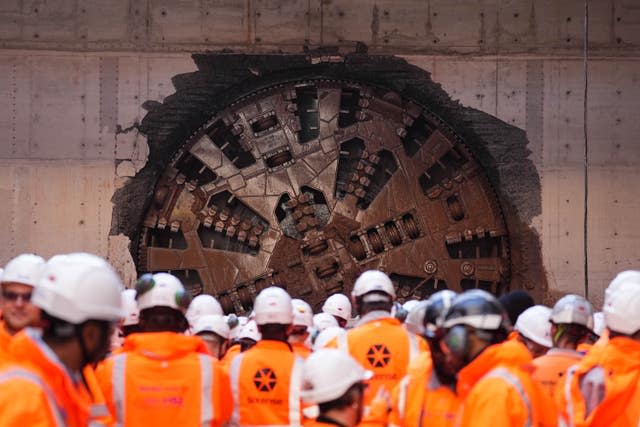Historic Tunnel Breakthrough in Birmingham Signals a New Era for High-Speed Travel in the UK
In a defining moment for the UK's future of transportation, Birmingham has witnessed a historic breakthrough as the first HS2 rail tunnel in the region reaches completion. Stretching an impressive 3.5 miles underground from the village of Water Orton in Warwickshire to the industrial heart of Washwood Heath in Birmingham, the newly finished Bromford Tunnel stands as the longest railway tunnel ever built in the West Midlands.
This feat isn’t just about engineering—it’s a powerful symbol of renewal and ambition. The tunnel, part of the HS2 high-speed rail project, marks a critical step toward a new era of faster, more reliable, and more efficient travel. Once operational, HS2 will drastically reduce travel times between major cities, especially London and Birmingham, while also relieving pressure on the overstretched West Coast Main Line. This will open up space for more local services, create better connectivity for towns and smaller cities, and ultimately improve the lives of millions of passengers.
More than just a transportation upgrade, the HS2 project is breathing new economic life into the West Midlands. It’s estimated that the railway will inject £10 billion into the region's economy over the next decade. Already, over 30,000 jobs have been supported along the 140-mile route, with more than 10,000 people and 400 companies in the West Midlands alone working on various aspects of the scheme. The impact is both immediate and long-term, offering highly skilled jobs, revitalising former industrial land, and strengthening supply chains across the UK.
The completion of the Bromford Tunnel also triggers a major transformation of the Washwood Heath site, which spans 24 hectares of former brownfield land. This once-unused plot is now set to become a major logistics and commercial hub, unlocking a wealth of opportunity for local communities. With over 1,000 new jobs forecast in the area, it’s an example of infrastructure investment translating directly into livelihoods and regeneration.
Much of this progress has been made possible by a mechanical giant with a literary twist. The tunnel boring machine, named Mary Ann by local schoolchildren in honour of George Eliot, the celebrated writer from nearby Nuneaton, excavated nearly one million tonnes of earth. But the project’s commitment to sustainability goes further—the excavated spoil is being reused to support the construction of the Delta Junction, a complex web of 13 viaducts that will carry high-speed trains between key destinations like Solihull and Birmingham Curzon Street. Special haul roads were built to transport this material efficiently, reducing the need for heavy construction traffic on public roads.
This tunnel completion also comes amid an ongoing effort to optimise the HS2 programme and ensure it remains cost-effective and sustainable. As part of a broader reset, authorities are reviewing delivery plans to make sure the project meets modern standards of safety, budget, and long-term value.
Despite challenges, the breakthrough in Birmingham is a reminder of why HS2 matters. It’s about more than shaving minutes off a journey. It’s about connecting people to opportunity, modernising outdated infrastructure, and laying the foundations for economic growth that reaches beyond city limits.
As Mary Ann completes her underground mission, a vision once drawn on paper now begins to emerge in concrete and steel—bringing a future of faster travel, cleaner construction, and renewed purpose closer than ever before.
